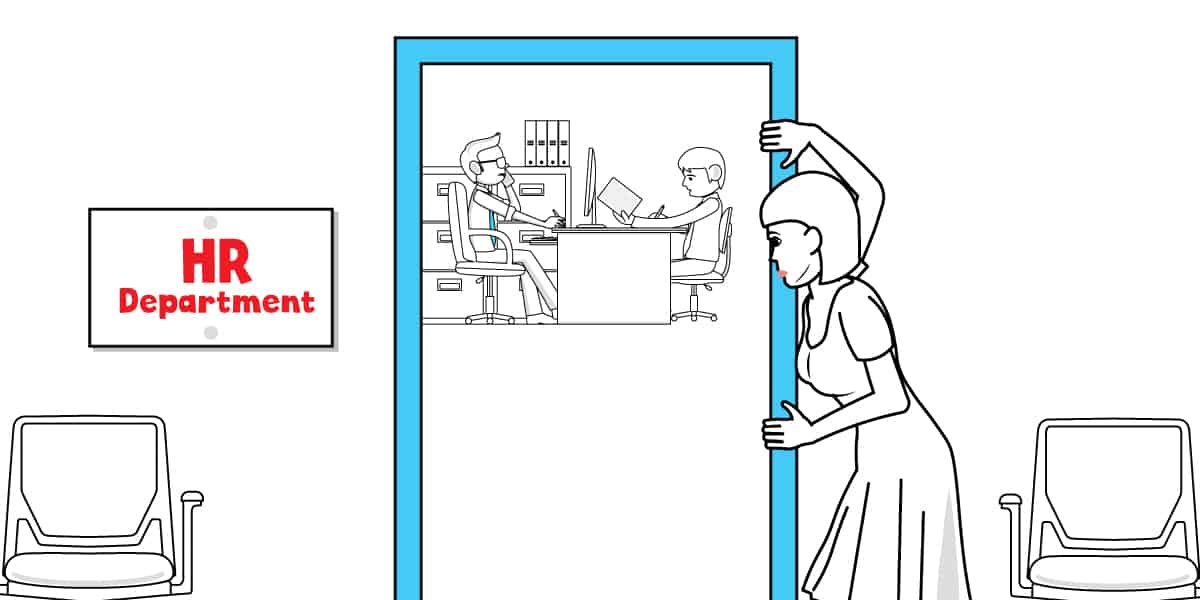Let’s be honest: after years and years of managing teams, guiding students, calming irate parents, and leading initiatives that “align with school improvement plans”, the last thing you want is to wrestle with resume formatting or wonder whether you should say “facilitated” or “led.”
Now, in comes Artificial Intelligence promising to streamline your resume writing process. AI tools can help draft, refine, and even optimize your resume (because apparently resumes now need to be optimized like search engines).
But before you hand over your distinguished career to an algorithm trained on internet data and corporate buzzwords, let’s talk about how AI can actually help. How can you avoid looking like your resume was written by a particularly excitable teaching assistant? How can you avoid the traps awaiting the unwary.
AI and Resume Writing: A Match Made in… a Server Farm
AI can assist you in several ways: from transforming your job descriptions into dynamic bullet points, to tailoring your resume for leadership positions (Assistant Principal? Principal? Director of Education?) and ensuring you’re hitting the “right” keywords to pass through the dreaded ATS — the Applicant Tracking System, aka the resume black hole.
But remember: AI isn’t a magician. It’s a tool. Think of it like an enthusiastic first-year teacher — helpful, occasionally brilliant, but you still need to supervise the final product.
How AI Can Help Craft a Compelling Resume
- Drafting Experience Sections: AI can take your raw input (“ran staff meetings”) and dress it up as “Facilitated strategic leadership meetings to enhance staff cohesion and learning.” Sounds fancier, doesn’t it?
- Leadership Framing: AI can elevate your managerial experience to reflect strategic leadership, policy influence, and system-level thinking — crucial when aiming for senior positions.
- Policy and Governance Language: Want to showcase your work with boards, Systems, or policy development? AI’s got the vocabulary. Just watch out — it sometimes thinks every decision you made was “transformational.”
- Keyword Optimization: AI tools can analyze job postings for senior roles and adjust your resume accordingly. Because in today’s world, having led a school through a pandemic isn’t enough — you also need to use the right keywords to prove it.
- Formatting Assistance: Tired of adjusting margins in Microsoft Word? AI-based tools can provide sleek templates. Some even use colour — sparingly, we hope. Let’s keep it professional, not preschool.
10 Hints and Traps for Using AI for Resumes
Here are some tips (and pitfalls) to guide your AI-assisted resume journey. Consider them your professional development session — minus the coffee and awkward icebreakers.
Hint: Provide Context and Scope
AI might not know what a “Professional Learning Community” is unless you tell it. Give it details — school size, role scope, and outcomes. The more specific your input, the more intelligent the output. Garbage in = buzzword soup out.
Trap: Don’t Let AI Turn You into a Management Consultant
AI loves phrases like “leveraged synergies across verticals.” No. Just no. You’re an educational leader, not auditioning for The Apprentice. Keep the language strategic but grounded in education.
Hint: Use AI to Showcase Strategic Impact
AI can help frame your achievements in terms of impact: improved student outcomes, lifting parent engagement, increased staff retention, budget efficiencies. Yes, you were amazing — let AI help you prove it quantitatively.
Trap: Avoid Overinflated Titles
You were “Deputy Principal,” not “Director of Academic Synergies and Learning Architecture.” AI occasionally… gets ideas. You’re not fooling anyone.
Hint: Tailor Your Resume for Each Role
AI can tweak your resume for different positions. Applying for a Principal role? Emphasize leadership and school improvement. Director-level? Highlight governance, strategy, and system-wide collaboration. “One resume fits all” is so 2000.
Trap: Don’t Outsource Your Achievements to the Algorithm
AI can’t possibly know you led K-12 curriculum reform or navigated a school through funding cuts — unless you tell it. Don’t expect the AI to remember your career better than you do.
Hint: Let AI Polish the Writing
Grammar, sentence flow, readability — AI excels here. If your resume reads like a cross between a policy document and a staff newsletter, AI can tighten it up. Brevity is the soul of wit — and interview invitations.
Trap: Beware the Flashy Format
Some AI tools offer “modern” resumes with graphics, icons, and… Gantt charts. Unless you’re applying to be a graphic designer, keep it clean. Interview panels and HR people prefer substance over sparkle.
Hint: Use AI for Supporting Statements
Many senior education roles require a personal statement or cover letter. AI can provide a solid first draft — but you must inject the passion, ethos, and vision. AI can’t fake your educational philosophy (yet).
Trap: Proofread Like Your Job Depends on It (It Does)
AI isn’t flawless. One misspelled word or awkward phrase can undermine your years of experience. Review everything. Or better yet — have a colleague review it. Preferably one with red pen experience.
Final Thoughts: AI Is a Colleague, Not a Replacement
AI is an excellent assistant — like a competent deputy who doesn’t need coffee breaks. It can save you time, reduce stress, and help present your experience in the best light. But it can’t capture you — your leadership, your vision, your unique contributions to education.
Think of AI like lesson plan software: it helps organize, structure, and streamline. But in the classroom (or interview), you still deliver the goods.
So, use AI wisely. Let it help you frame your career, refine your language, and save you from resume-induced migraines. Just don’t let it turn your career into a corporate cliché.
Now, go on — get that resume polished, land that leadership role, and show them what real experience looks like.
And if you need AI to help you draft the resignation letter from your current post? Well, it does that too.

